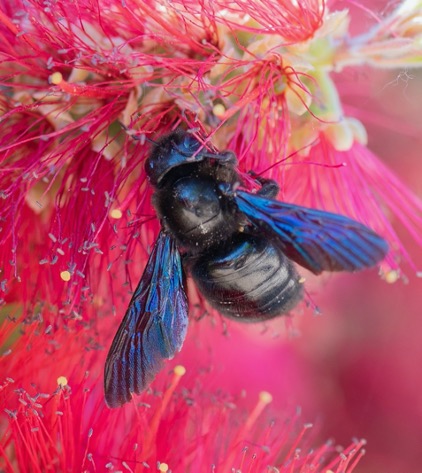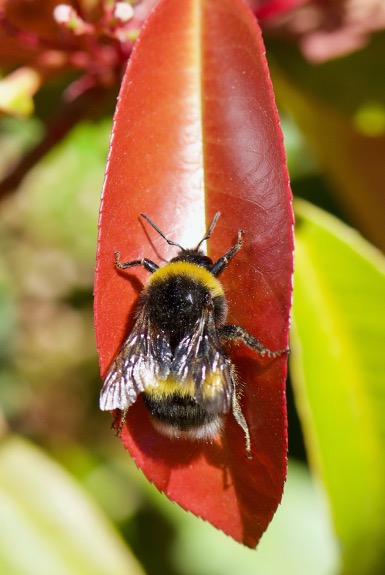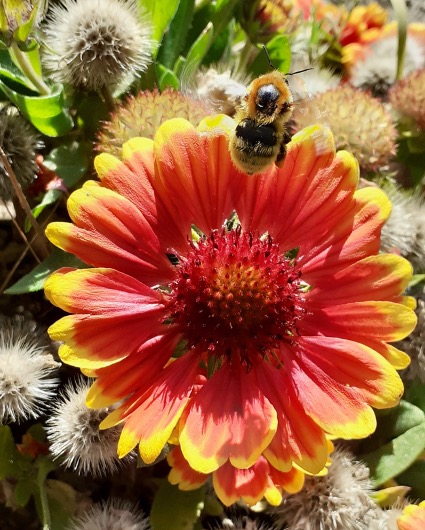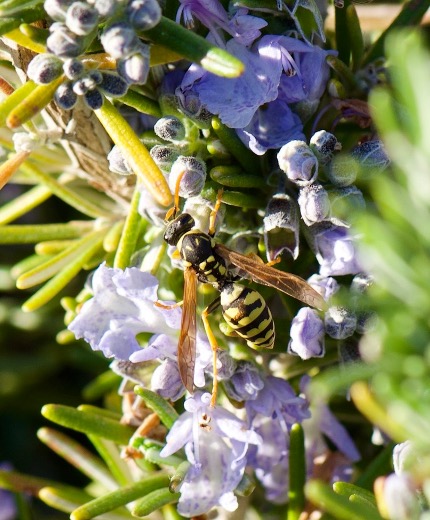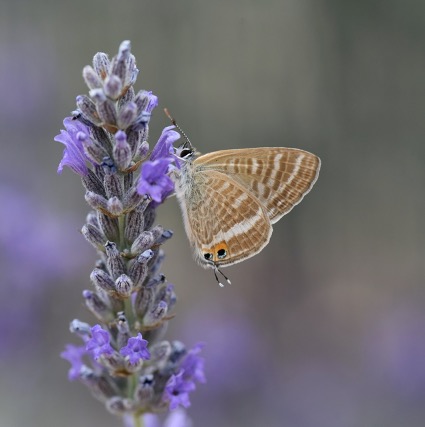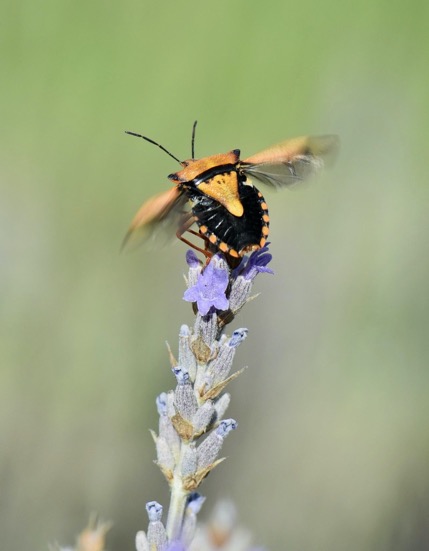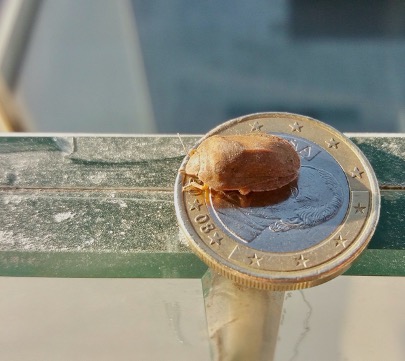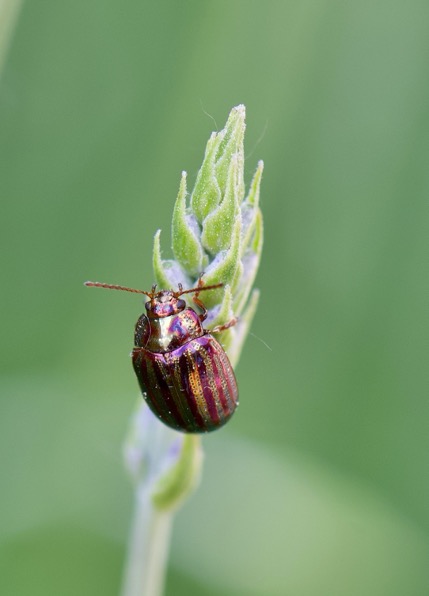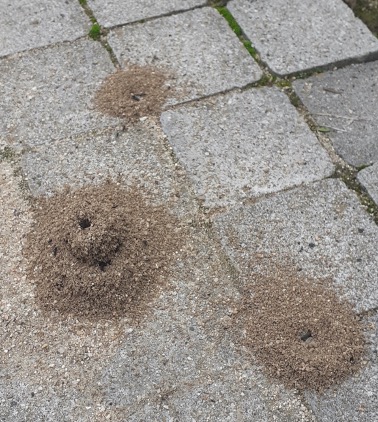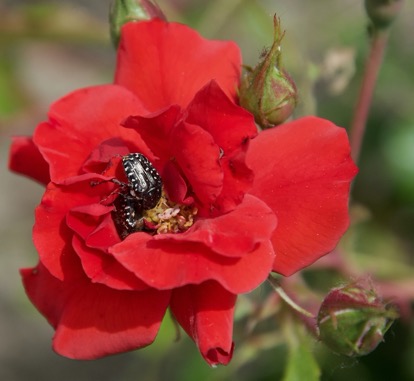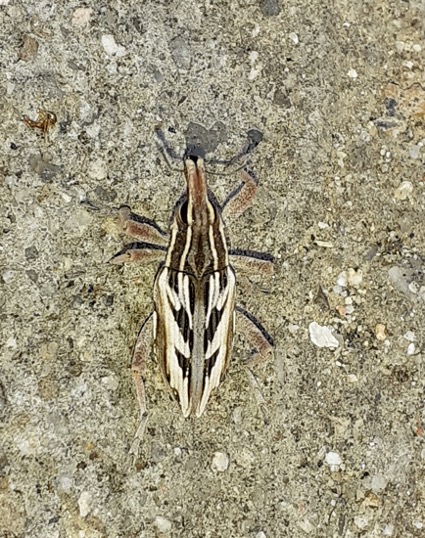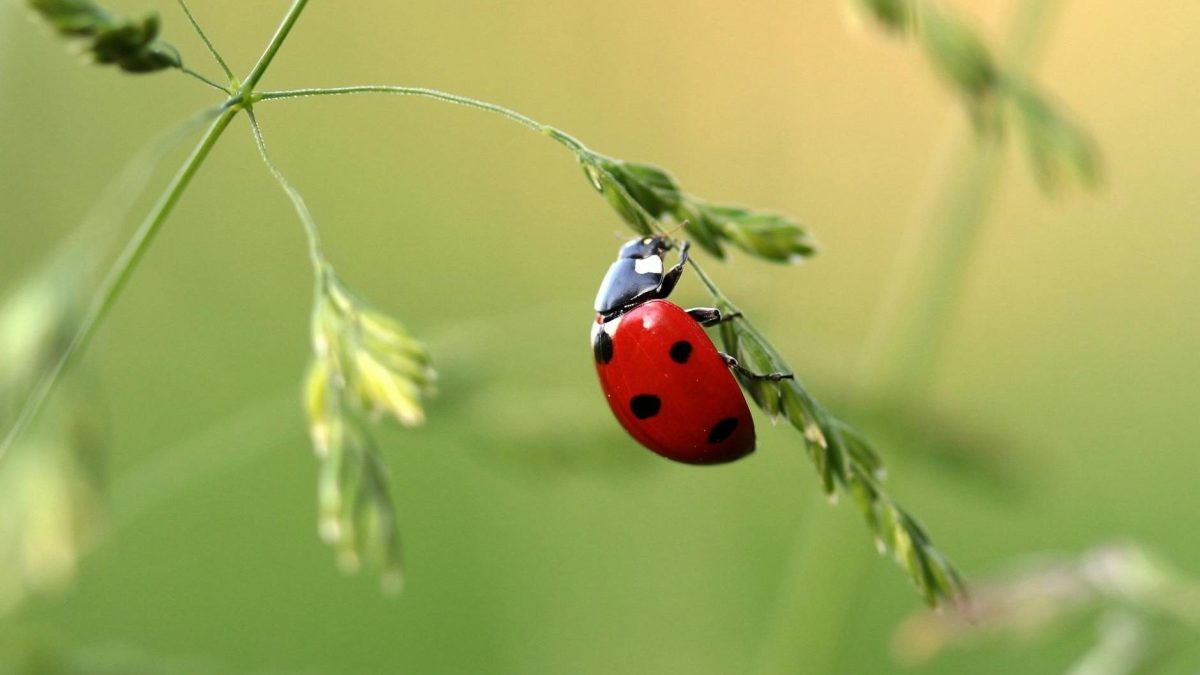Insects are by far the group of animals with the largest number of species. Depending on the bibliography consulted, the numbers vary widely, but there are well over one million species and more are being discovered every day. This suggests that the numbers could be anywhere between 2 and 20 million insect species.
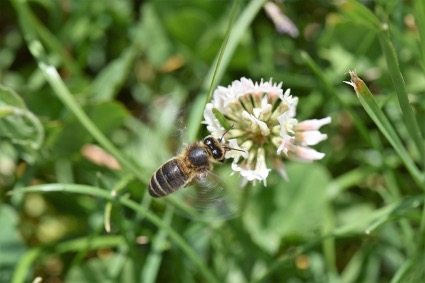
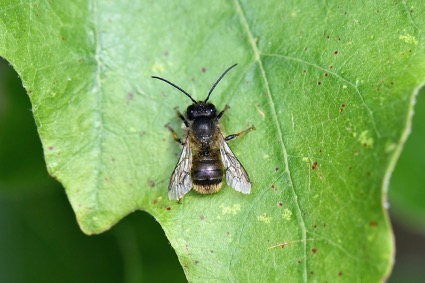
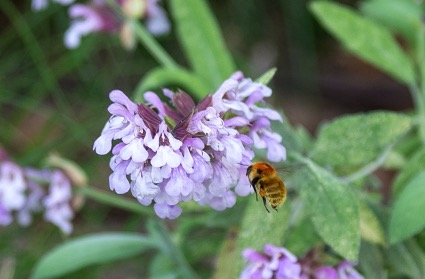
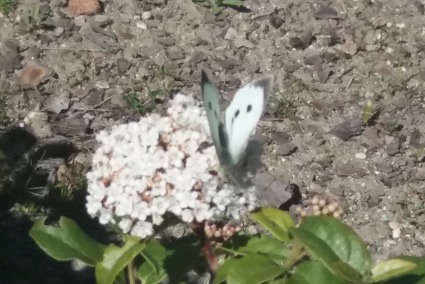
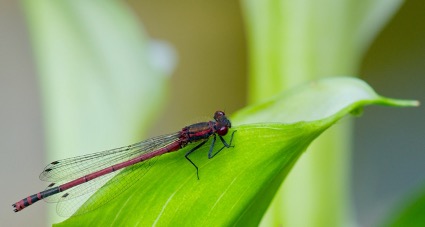
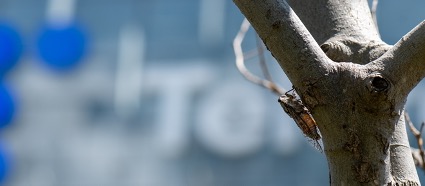
In Europe we have more than 33,000 species and the figures are still approximate. From this point onwards the number of species that I point out are worldwide.
Insects are classified in Orders and the main ones that can be observed in the Telefonica District are the following:
Coleoptera: the beetles
There are more than 300,000 species, which is almost a third of all the species of animals that are catalogued. They are the most versatile living form known on earth. The Curculionidae (one of the beetle groups) account for more than 60,000 species.
Diptera: flies, mosquitoes and Crane flies
They number more than 150,000 species. Only the forewings function as forewings, the hindwings are transformed into stabilisers called halteres. They are the most important disease vectors of all insects.
Hemiptera: bedbugs
There are more than 35,000 species.
They are equipped with mouthparts that cut and suck like a thin, jointed stiletto. They have two pairs of membranous wings, but the anterior pair is hardened at the basal end and membranous at the distal end.
Hymenoptera: ants, bees, bumblebees and wasps
There are more than 130,000 species.
The forewings and hindwings, both membranous, are joined together and function as a single unit.
Homopterans: aphids and cicadas
There are more than 33,000 species. They have a cutting and sucking beak.
Lepidoptera: diurnal and nocturnal butterflies
There are more than 120,000 species. The main characteristic is that their heads, bodies and wings are covered with a dense tapestry of scales.
Mantids: praying mantis
There are more than 1,800 species. They are great predators of insects and spiders with their fast lunging long front legs.
Odonates: dragonflies and damselflies
There are more than 5,500 species. They are excellent aerial predators. They locate their prey with their beautiful compound eyes. Dragonflies and damselflies differ in the way they hold their wings when at rest. Extended in dragonflies and straight over the back in damselflies.
Orthoptera: grasshoppers and crickets
There are more than 20,000 species. The hind legs are large and folded like springs to provide the characteristic hopping action of these insects.
Examples of some of the insects listed above, in the Telephone District
